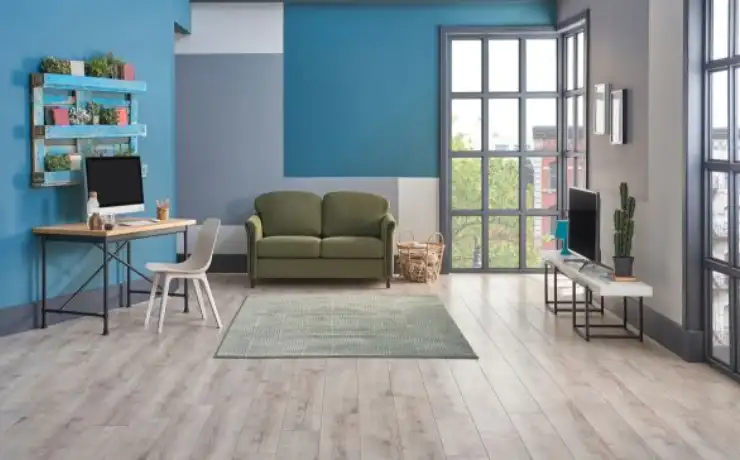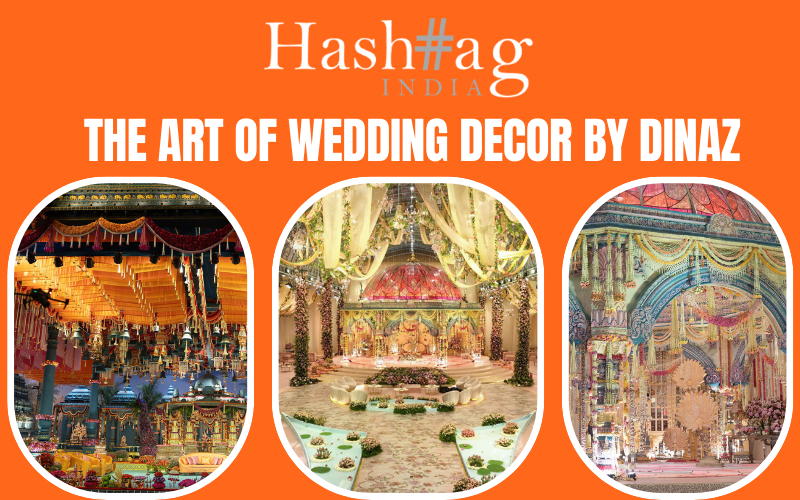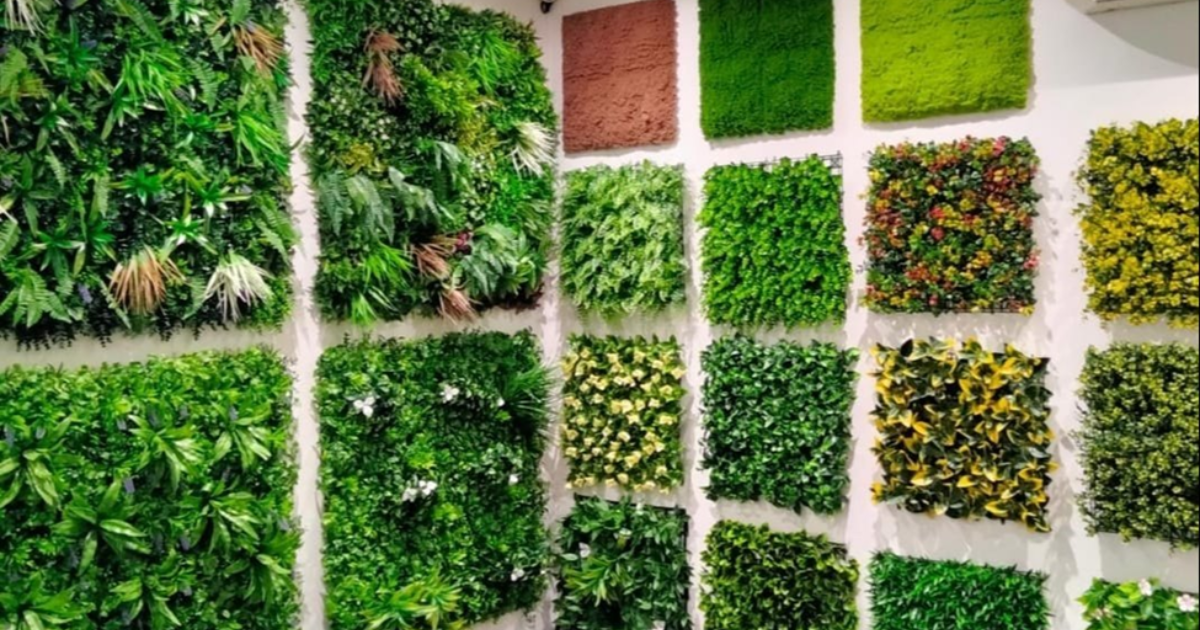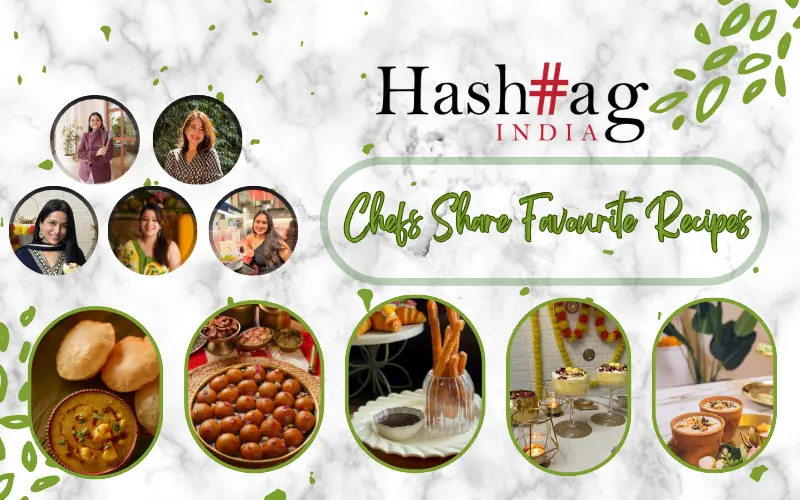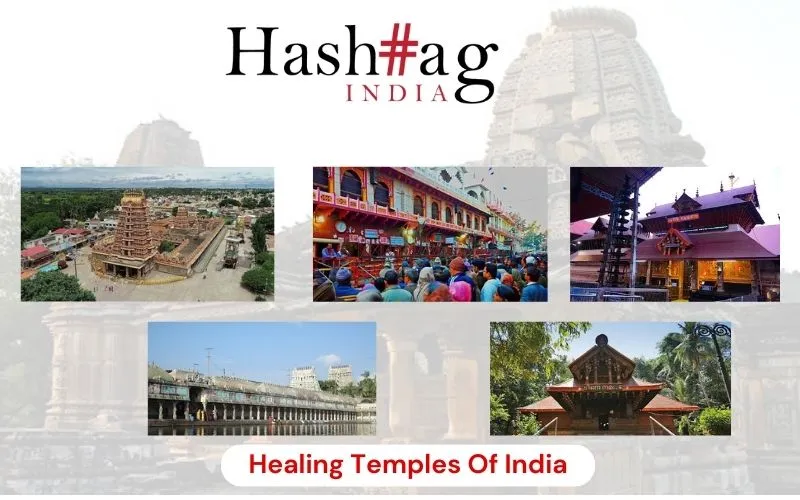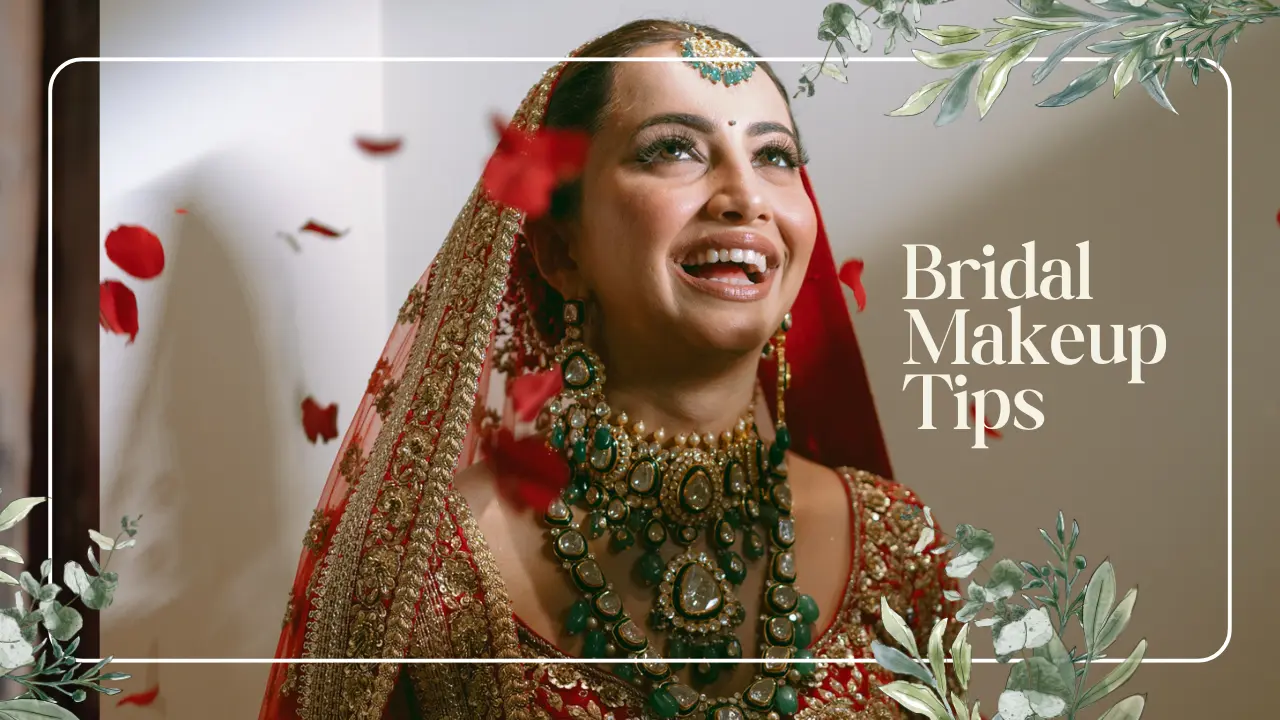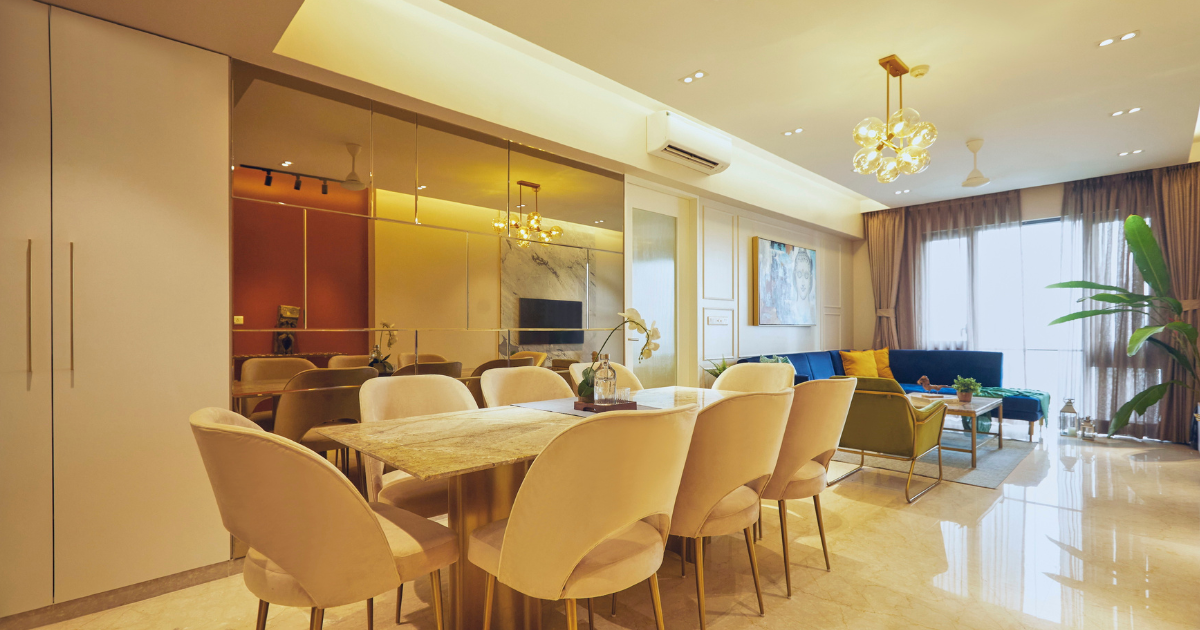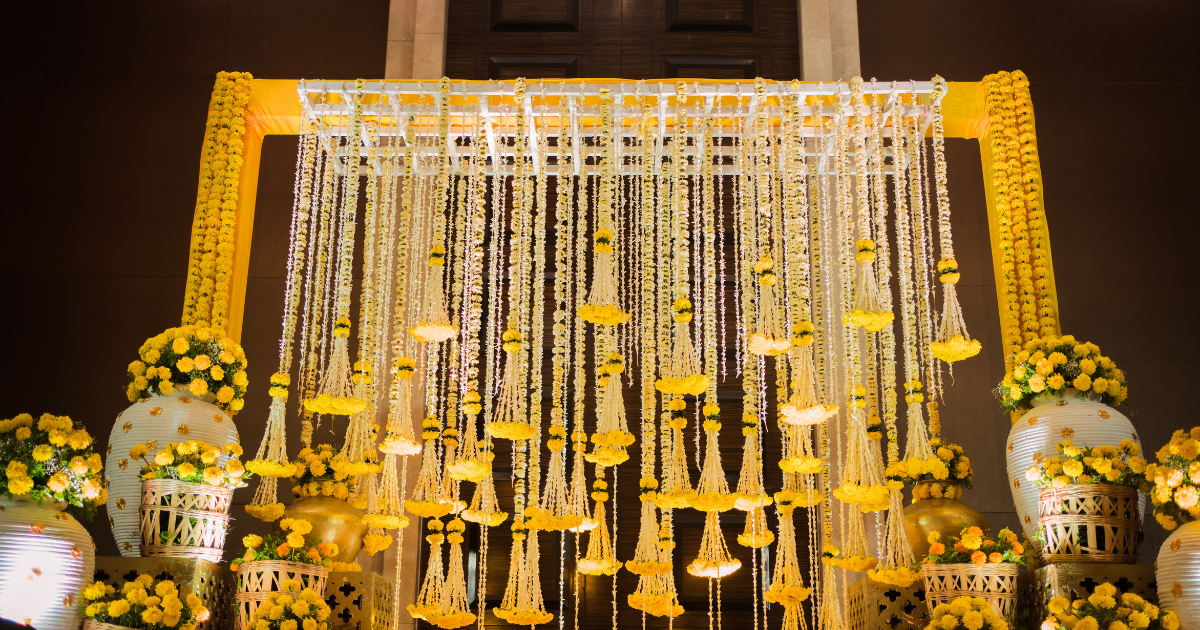India has a rich cultural heritage of using natural materials for building construction and home décor. In the flooring aspect, there is a wide range of materials available that reflect the country’s artistic and cultural traditions. From elegant marble to rustic terracotta, the flooring options are vast and diverse. Dhanush Kumar provides an overview of the best natural flooring options with Indian origins.
- Marble
Marble is one of the most popular flooring options in India, and it is very valuable for its durability. Indian marble is known for its distinctive patterns, and it is available in a wide range of colours and textures. Marble is used in living rooms, bedrooms, and bathrooms. Makrana marble is one of the most famous marble types in India because it was used in the construction of the Taj Mahal.
- Terracotta
Terracotta is a popular flooring material that has been used in India for centuries. This naturally made clay material is baked in a kiln to create tiles that are durable, and easy to maintain. The terracotta tiles come in a wide range of earthy colours, and they are quite suitable for creating a warm ambience in any space. They are very popular in rural homes and farmhouses.
- Granite
Granite is a highly durable material and it has a wide range of colours and textures. Granite is known for its resistance and it is an excellent choice for high-traffic areas. Indian granite is highly prized because of its unique patterns and colours and it is used mainly in commercial and residential spaces like malls, hotels, hallways, and others.
- Teak
Teak is a hardwood and is native to India. Teak is valued for its durability, strength, and water resistance. Teak is most commonly used for outdoor flooring, which includes decks, patios, and swimming pool areas. Teak has a warm, and rich colour that gets better with its age, and it brings a touch of luxury to any outdoor space.
- Mosaic
Mosaic flooring has some ancient roots that date back centuries. It involves arranging small pieces of coloured stone, glass, or ceramic to create amazing patterns and designs. Mosaic flooring is known for its durability, longevity, and also for its unique designs. The tiles are used in many spaces, including living rooms, bathrooms, and entryways. Mosaic flooring is mostly used in palaces, temples, and other historic buildings.
- India Slate
India slate is a natural stone that is known for its durability, slip resistance, and also for its easy maintenance. The slate comes in various colours and patterns, from beige to bold baulk and it is perfect for creating a modern look in any space. Indian slate is mostly used in high-traffic areas, including kitchens, bathrooms, and hallways.
- Athangudi Tiles
Athangudi Tiles are handmade terracotta tiles that come from the village of Athangudi in Tamil Nadu. They are made by mixing sand, cement, and coloured oxides, and they come in a wide range of bold colours and patterns. They are used in various spaces including living rooms, dining rooms, and patios. They are especially in traditional homes and farmhouses.
Conclusion
India’s flooring options offer a diverse range of natural materials. By exploring these materials and incorporating them into your home décor, you can add a touch of India’s art and also a bring modern look to your living space.

